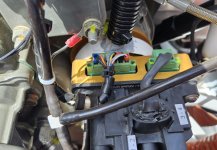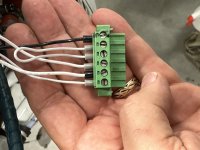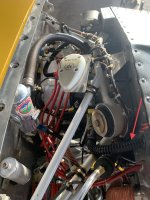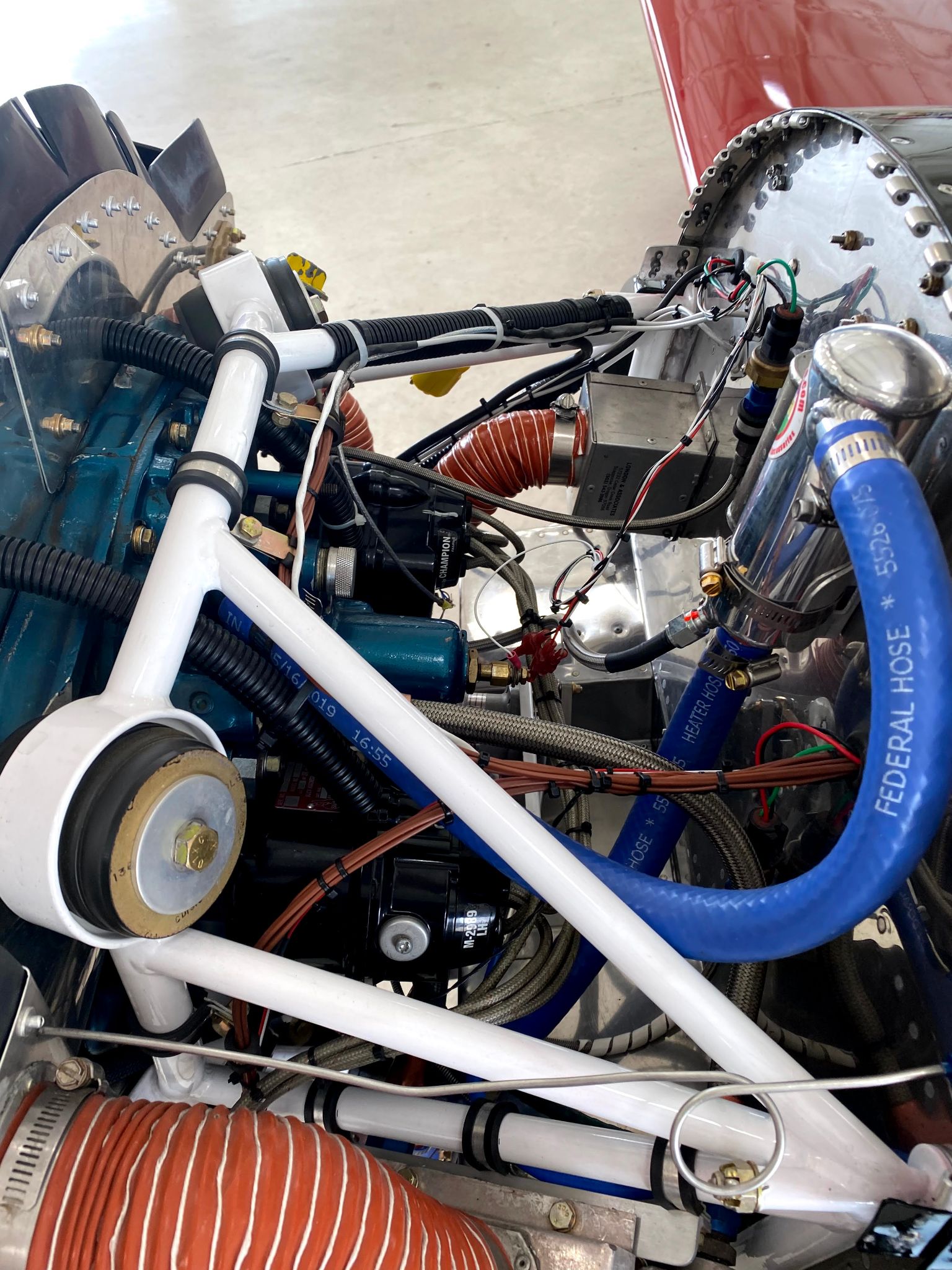I have a lightspeed ingition on my right side and a Slick mag on the left. After the mag was overhauled as part of an IRAN, the engine seems to be running a bit rough when firing on just the mag (it runs beautifully on the lightspeed alone). Also, yesterday my RPM indication (which is fed from the mag's p-lead) momentarily dropped to zero when I reduced power for landing. Something seems not right. I'll keep diagnosing the mag issue, but it is making me think of making another investment and replacing it with a PMag. I'm looking for thoughts, positive or negative, on the PMag system.
1) Ease of install (for someone who has never installed a mag on an engine) - the description in the manual looks straight-foward. Is it as easy as it appears?
2) Reliability and maintenance requirements - advertised as basically maintenance-free. Is this true?
3) Responsiveness of the company for customer support?
4) Will the PMag play well with having the Lightspeed on the other side? Thinking that these systems will have different curves in terms of how they adjust timing at different power settings. Could this be an issue?
Thanks for any thoughts!
1) Ease of install (for someone who has never installed a mag on an engine) - the description in the manual looks straight-foward. Is it as easy as it appears?
2) Reliability and maintenance requirements - advertised as basically maintenance-free. Is this true?
3) Responsiveness of the company for customer support?
4) Will the PMag play well with having the Lightspeed on the other side? Thinking that these systems will have different curves in terms of how they adjust timing at different power settings. Could this be an issue?
Thanks for any thoughts!
Last edited:








